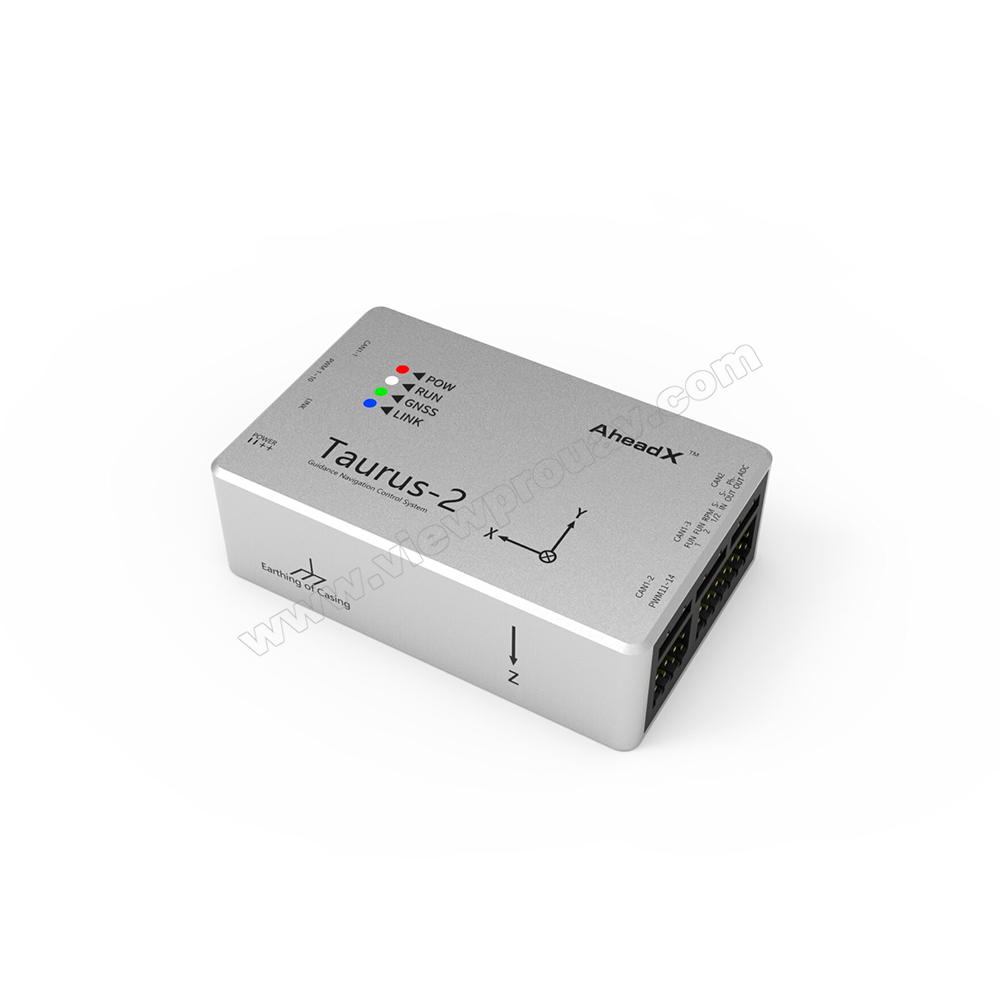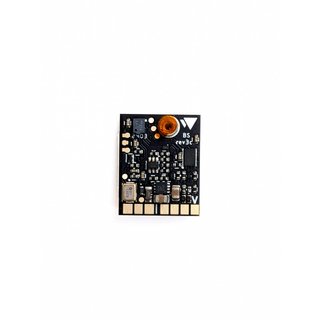SparkNavi Drone Flight Controller and GNSS/INS Made in Taiwan: Accuracy Navigation for Drones
SparkNavi Drone Flight Controller and GNSS/INS Made in Taiwan: Accuracy Navigation for Drones
Blog Article
Comprehending the Important Attributes and Features of a Drone Trip Controller for Optimal Aerial Efficiency
The trip controller functions as the pivotal element in a drone's style, coordinating its activities and ensuring stability through an advanced interaction of sensors and information processing. Recognizing the vital attributes and features of these controllers is vital for making the most of airborne efficiency, as they dictate not only navigational precision but likewise total safety and security and reliability. With innovations in innovation, the landscape of flight controllers is rapidly progressing, motivating a better evaluation of what really defines optimum capability in this crucial system. What effects do these advancements hold for both fanatics and experts in the field?
Review of Trip Controllers
When discovering the world of drone innovation, comprehending flight controllers is crucial for both hobbyists and professionals alike. Flight controllers offer as the mind of the drone, managing its activities and ensuring stability throughout trip (SparkNavi drone flight controller and GNSS/INS made in taiwan). They refine information from various sensors, consisting of gyroscopes, accelerometers, and barometers, to preserve stability and react to pilot inputs properly
The design of flight controllers can differ substantially, varying from fundamental versions made for entry-level drones to advanced systems outfitted with innovative attributes for specialist applications. The integration of GPS capacities makes it possible for accurate navigation and positioning, while programmable firmware enables customers to tailor trip characteristics to match their certain demands.
Additionally, trip controllers are pivotal in assisting in interaction between the drone and the push-button control, making it possible for real-time modifications and telemetry data transmission. Comprehending the different sorts of trip controllers, including multi-rotor, fixed-wing, and crossbreed systems, is crucial for choosing the suitable design for an offered application. Eventually, a detailed understanding of flight controllers not only enhances the flying experience yet additionally optimizes the efficiency and security of drone operations.
Trick Features of Flight Controllers
Flight controllers play a pivotal duty in taking care of a drone's flight characteristics by implementing a number of key features that ensure security and responsiveness. Among the main features is the stabilization of the drone's positioning and elevation. This is accomplished through the combination of various sensors, consisting of measures, accelerometers, and gyroscopes, which continually keep an eye on the drone's setting and movement.
.png)
One more important feature is the processing of control inputs from the pilot or autonomous systems. The flight controller translates these inputs and changes the drone's motor speeds appropriately to accomplish the wanted trip path. This includes managing pitch, yaw, and roll, which are essential for maneuverability.
Furthermore, flight controllers are outfitted with secure devices. These features are designed to react to important situations, such as low battery levels or loss of signal, by launching predefined actions like returning to the launch point or floating in area.

Essential Functions to Think About
When picking a drone flight controller to guarantee optimum efficiency and integrity,Many essential functions should be taken into account. One essential facet is the controller's handling power, which determines its ability to manage complicated trip formulas and real-time information processing. A higher handling capability boosts responsiveness and security during flight.
One more essential function is the number of supported trip settings. A functional flight controller ought to use various settings, including acro, altitude hold, and GPS-assisted modes, catering to various pilot ability levels and operational circumstances. Furthermore, the existence of integrated safety attributes, such as fail-safes and geofencing, can considerably improve operational safety and security.
Compatibility with numerous communication procedures is likewise important, as it ensures smooth integration with other devices and peripherals, such as remote controllers and telemetry systems. Additionally, the controller's firmware must be easy to use and frequently upgraded to include brand-new functions and optimizations.
Combination With Sensors and Solutions
A trip controller's performance is heavily influenced by its ability to integrate with different sensors and systems. This combination is essential as it enables the flight controller to obtain real-time data needed for reliable flight administration. Key sensing units include GPS, inertial dimension units (IMUs), barometers, and magnetometers, each giving essential information relating to the drone's positioning, elevation, and setting.

In addition, advanced flight controllers sustain assimilation with payload systems, consisting of cameras and other sensors, enabling enhanced capabilities such as independent navigation and barrier avoidance. This interconnectedness not only boosts the drone's functional capacities but also broadens its application potential across numerous industries, from airborne photography to agricultural surveillance. Thus, a well-integrated trip controller is Homepage essential for accomplishing ideal aerial efficiency and guaranteeing the integrity of drone operations.
Tips for Optimizing Performance
To take full advantage of the performance of your drone, a number of key approaches can be employed that concentrate on maximizing both software and hardware components. Guarantee that the flight controller firmware is up to day. Producers frequently launch updates that boost stability, boost performance, and repair pests. Regularly checking for these updates can considerably impact your drone's efficiency.
Following, adjust your sensing units, including the accelerometer and gyroscope, to make sure accurate analyses. Proper calibration decreases drift and boosts trip security, specifically throughout facility maneuvers. Additionally, consider updating the equipment components, such as electric motors and propellers, to enhance thrust and performance. Top quality props can lower drag and boost flight time.
Tweak your trip setups, including PID (Symmetrical, Indispensable, Derivative) worths, to accomplish receptive and smooth handling. By carrying out these methods, drone drivers can dramatically improve airborne performance, leading to a more satisfying and effective flying experience.
Final Thought
In verdict, a detailed understanding of drone flight controllers is crucial for improving aerial performance. The assimilation of crucial features and important attributes, including processing power and security devices, directly affects the security and maneuverability of drones. Moreover, efficient communication with numerous sensing units and systems plays their website a crucial duty in achieving accurate navigation and operational effectiveness. By focusing on these aspects, operators can significantly elevate the performance and reliability of their drone systems in diverse applications.
Flight controllers serve as the mind of the drone, orchestrating its motions and ensuring security throughout trip.Flight controllers play a critical function in managing a drone's flight characteristics by implementing numerous essential functions that make sure security and responsiveness. The trip controller translates these inputs and readjusts the drone's motor speeds appropriately to achieve the desired trip course.Countless essential features ought to be taken right into account when picking a drone trip controller to make certain optimum efficiency and integrity. Hence, a well-integrated flight controller is basic for accomplishing ideal airborne efficiency and making sure the integrity of drone operations.
Report this page